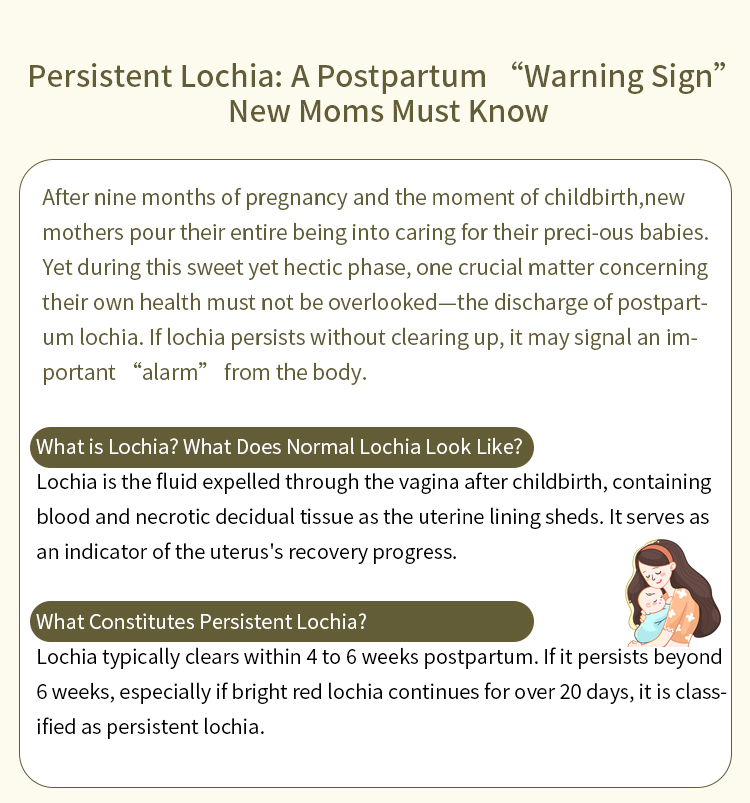Elevate Your Hiking Experience: The Ultimate Guide to Choosing the Best Hiking Attire
3 min readWhen it comes to hiking, the right attire can significantly enhance your experience, ensuring comfort, safety, and performance on the trails. Whether you are a seasoned hiker or a novice adventurer, understanding what to wear while hiking is crucial. This guide delves into the essential components of hiking attire, offering insights into materials, layering techniques, and specific gear recommendations to help you make informed choices.
Understanding the Importance of Hiking Attire
Hiking is not just a physical activity; it’s an immersive experience that connects you with nature. However, the environment can be unpredictable, and the right clothing can make all the difference. Proper hiking attire serves several purposes:
- Protection from the Elements: Weather can change rapidly in the outdoors. Wearing the right clothing can protect you from rain, wind, sun, and cold temperatures.
- Comfort and Mobility: Hiking often involves strenuous activity. Clothing that allows for a full range of motion and breathability is essential for comfort during long treks.
- Safety: Certain materials and designs can help prevent injuries, such as abrasion-resistant fabrics and sturdy footwear that provide ankle support.
The Layering System: A Key to Versatility
One of the most effective strategies for dressing for a hike is the layering system. This approach allows you to adapt to changing weather conditions and your body’s temperature regulation. Here’s a breakdown of the three primary layers:
- Base Layer: The base layer is your first line of defense against moisture. Look for materials like merino wool or synthetic fabrics that wick sweat away from your skin. Avoid cotton, as it retains moisture and can lead to chills. A fitted long-sleeve shirt or moisture-wicking t-shirt is ideal for this layer.
- Mid Layer: The mid layer provides insulation. Fleece jackets, down vests, or synthetic insulated jackets are excellent choices. The goal here is to trap body heat while still allowing moisture to escape. Depending on the weather, you may choose to wear a lightweight or heavier mid-layer.
- Outer Layer: The outer layer protects you from wind, rain, and snow. Look for waterproof and breathable jackets made from materials like Gore-Tex or similar technologies. These jackets should also have features like adjustable hoods, cuffs, and ventilation zippers to enhance comfort.
Choosing the Right Bottoms
When it comes to hiking pants or shorts, consider the following:
- Pants: Opt for lightweight, quick-drying materials with a bit of stretch for mobility. Convertible pants that zip off into shorts can be a versatile option for varying temperatures.
- Shorts: If you prefer shorts, look for those with moisture-wicking properties and a comfortable fit. Ensure they have pockets for convenience.
Footwear: The Foundation of Your Hike
Your choice of footwear can make or break your hiking experience. Here are some key considerations:
- Hiking Boots: Invest in a good pair of hiking boots that provide ankle support and have a sturdy sole for traction. Waterproof options are ideal for wet conditions.
- Hiking Shoes: For lighter trails, hiking shoes may suffice. They are generally more lightweight and breathable than boots but still offer support and traction.
- Socks: Don’t overlook the importance of socks. Choose moisture-wicking, cushioned socks made from merino wool or synthetic materials to prevent blisters and keep your feet dry.
Accessories: The Finishing Touches
Accessories can enhance your hiking experience significantly:
- Hats: A wide-brimmed hat can protect your face and neck from the sun, while a beanie can keep you warm in cooler temperatures.
- Gloves: Lightweight gloves are essential for colder hikes, while fingerless gloves can provide dexterity for tasks like using your phone or adjusting gear.
- Sunglasses: Protect your eyes from UV rays and glare, especially in snowy or high-altitude environments.
- Backpacks: Choose a comfortable backpack that fits your needs, whether it’s a daypack for short hikes or a larger pack for overnight trips.
Conclusion: Dress for Success on the Trails
Choosing the best attire for hiking involves understanding the environment, your personal needs, and the principles of layering. By investing in quality clothing and footwear, you can enhance your comfort, safety, and overall enjoyment of the great outdoors. Remember, the right gear not only prepares you for the elements but also allows you to focus on the beauty of nature and the joy of exploration. So, gear up, hit the trails, and embrace the adventure that awaits!


